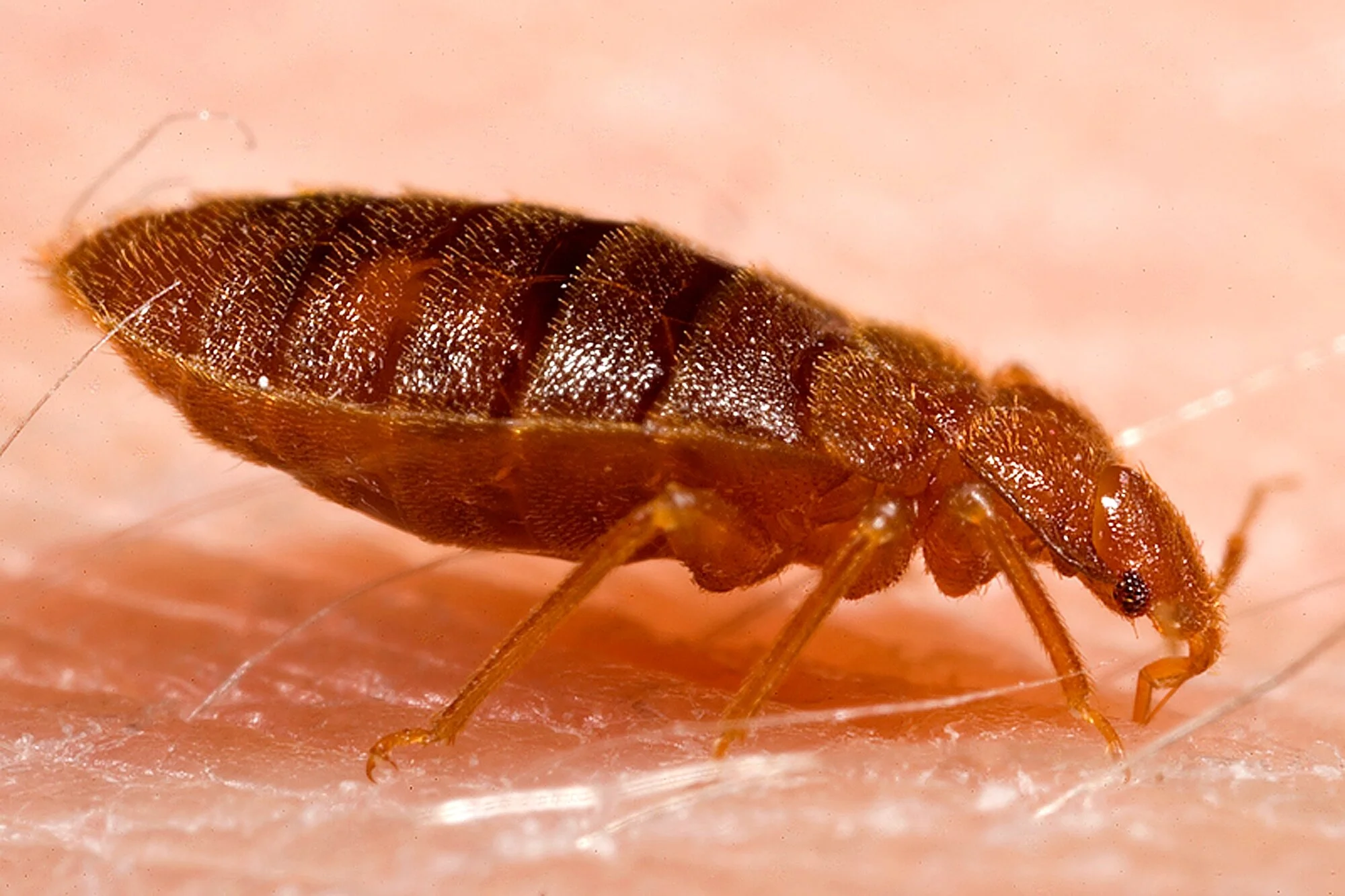When dealing with a pest the most important thing to understand is the way they live and what each stage of the life-cycle means. Knowing and understanding this will help you fight an infestation.
If you’re trying to eliminate a bed bug infestation first off you need to know how to identify them. Bed bugs are small, brown insects around the size of an apple seed that feed on blood. When fully grown, it’s quite easy to confuse them with the common tick, however ticks are more of a darker, purple shade and can grow much larger than a bed bug after feeding.
Bed bugs also have a very short life-span and under ordinary circumstances will live between 2 – 4 months, but there have been reports of singular bed bugs living up to a year. Because of this you may be dealing with up to 3 generations of bed bugs when you have an infestation.
The bed bug life-cycle starts with a small pearl-coloured egg. A female bed bug can lay between 200 and 600 eggs within her lifetime, the eggs are very small with their maximum size reaching up to 1mm. The eggs are often placed in clusters, but can also be found on their own. Once the eggs have been laid it takes around 6 – 10 days before they will hatch. Bed bug eggs are usually placed in cracks and crevices as they provide the shelter and protection the eggs need during this delicate stage. This, and their minute size, makes the eggs incredibly difficult to spot with the naked eye.
Once the eggs have hatched the nymphs (baby bed bugs) will start to explore and find their first meal. During the very early stages of their life nymphs can go several months without having to feed, meaning that an infestation is difficult to spot at this point as there won’t be any evidence of bites.
Before adulthood the nymphs need to moult or shed their skin in order to grow. They need to do this up to 5 times in total. Before each moulting session the nymph has to find a large meal. Identifying an infestation at this point is much easier due to the bed bugs’ need to feed. These young nymphs are yellow-white in colour and will grow darker with each moult. On average the nymph will moult every week, however if food isn’t readily available these stages will last a bit longer.
Once the bed bugs reach adulthood they will feed on a weekly basis. Adult bed bugs are flatter, oval shaped, and are a reddish-brown colour all over.
At APC Management we consider ourselves experts on bed bug infestations. If you have bed bugs in your home don’t hesitate to contact us for same or next day service.




